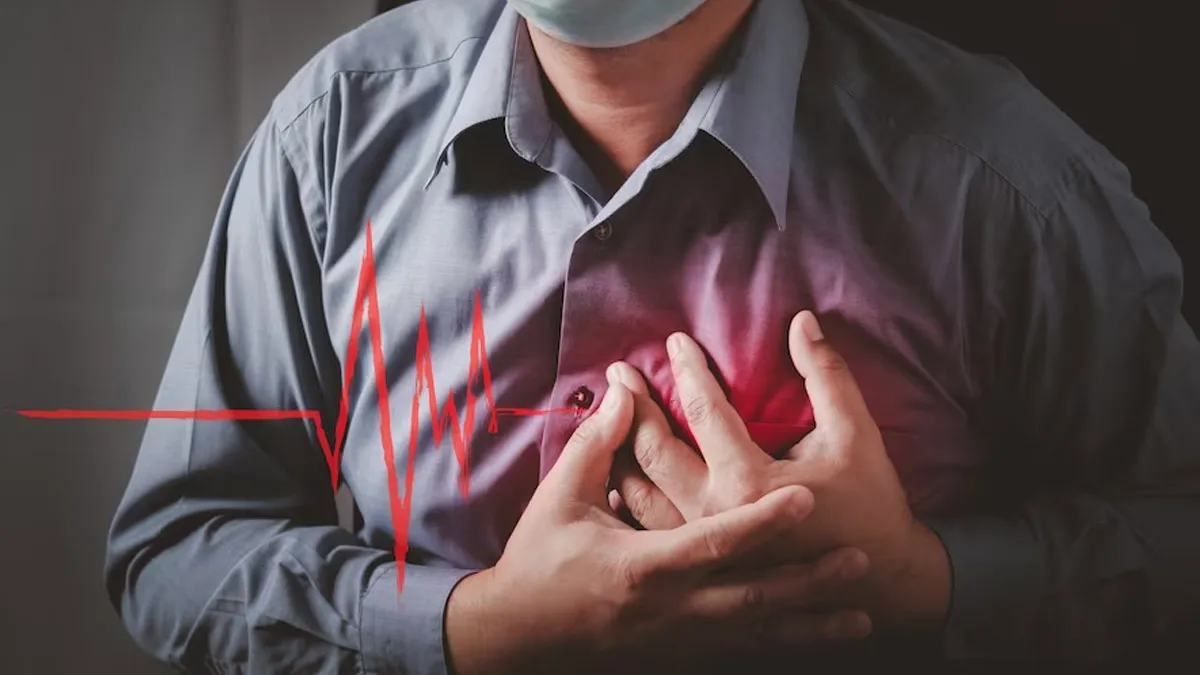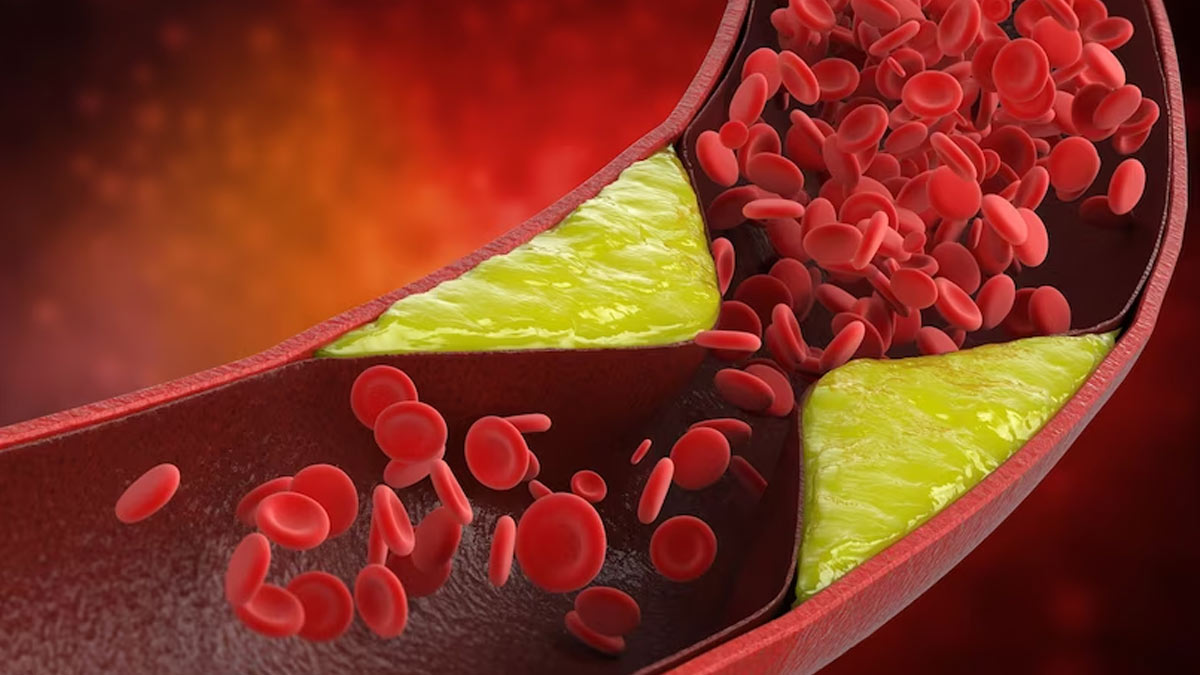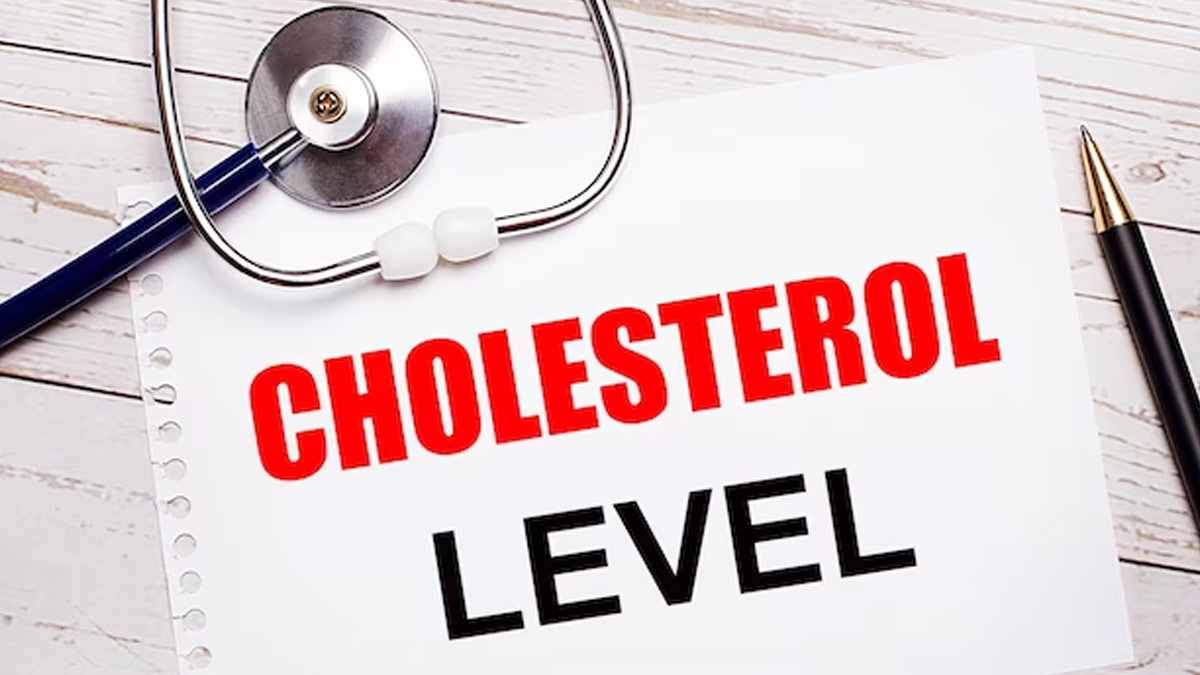
When it comes to managing cholesterol levels, most people focus on diet, exercise, and medication. But did you know that the time of year can also play a role? Research suggests that cholesterol levels may fluctuate with the seasons, often peaking during winter months. This phenomenon raises an important question: Are high cholesterol signs different in winter, and should you adjust your wellness routine accordingly?
Table of Content:-
We asked our expert Dr Shubendu Mohanty, Senior Consultant, Cardiology, Shardacare - Healthy City, to shed light on the same.
Seasonal Changes in Cholesterol Levels
A 2014 study published in the American College of Cardiology observed that cholesterol levels tend to be higher during the colder months. While the exact cause is not fully understood, experts suggest a few potential reasons:
1. Dietary Changes
Winter months often coincide with holiday indulgence in calorie-dense, high-fat foods, which can contribute to higher cholesterol levels.

Also Read: Winter’s Silent Threat: Recognising Five Nighttime Warning Signs Of Clogged Arteries
2. Reduced Physical Activity
Shorter days and colder weather can lead to a more sedentary lifestyle, which negatively impacts cholesterol regulation.
3. Biological Responses
Some researchers believe that the body’s natural response to colder temperatures includes changes in lipid metabolism to maintain energy balance and body heat.
Are High Cholesterol Signs Different in Winter?
“High cholesterol itself usually doesn’t present noticeable symptoms regardless of the season, earning it the nickname ‘the silent killer.’ However, winter’s impact on cardiovascular health might make certain related symptoms more noticeable,” shared Dr Mohanty. These symptoms may include:
1. Increased Blood Pressure
Cold temperatures can cause blood vessels to constrict, increasing blood pressure and potentially exacerbating issues related to high cholesterol.
2. Chest Discomfort
People with existing cardiovascular conditions may experience more frequent chest pain or discomfort during colder months due to restricted blood flow.

3. Fatigue and Weakness
Reduced circulation and the strain on the cardiovascular system during winter may make fatigue more pronounced.
Also Read: Cold Sweats To Shortness Of Breath: Warning Signs Of Winter Heart Attack
What Can You Do?
Whether or not you notice these signs, it’s crucial to take proactive steps to manage your cholesterol levels year-round. Here are some expert-approved tips to stay healthy during the winter months:
1. Monitor Your Levels
Schedule regular check-ups to track your cholesterol and blood pressure. Early detection is key to preventing complications.
2. Stay Active
Find indoor activities like yoga, pilates, or home workouts to maintain physical activity despite the weather.
3. Eat Heart-Healthy Foods
Incorporate more fruits, vegetables, whole grains, and lean proteins into your winter diet. Limit high-fat, high-sugar holiday treats.
4. Dress Warmly
Preventing excessive cold exposure can help maintain stable blood pressure and circulation.
5. Take Prescribed Medications
If you’re on cholesterol-lowering drugs, ensure consistent use as directed by your doctor.
Bottomline
While the signs of high cholesterol don’t change drastically with the seasons, winter can amplify related health risks, particularly for those with pre-existing conditions. Understanding these seasonal patterns can help you take targeted actions to protect your heart health. By staying vigilant and adopting a proactive approach, you can maintain optimal wellness throughout the colder months and beyond.
Also watch this video
Read Next
Arnold Schwarzenegger Once Had A Bicuspid Aortic Valve: What Are Its Symptoms and Treatment
How we keep this article up to date:
We work with experts and keep a close eye on the latest in health and wellness. Whenever there is a new research or helpful information, we update our articles with accurate and useful advice.
Current Version